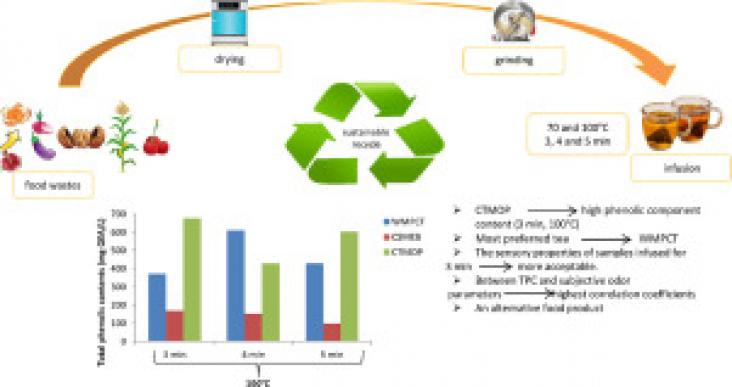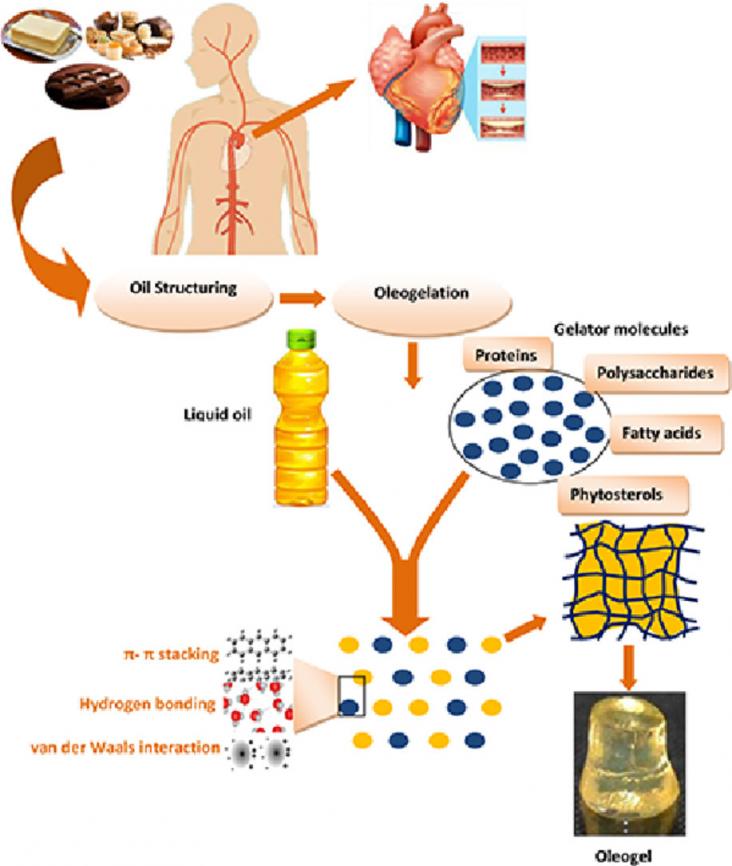An Article in support of SDGs 2 and 10, analysing global inequalities in the double burden of malnutrition and its association with economic and social globalisation, showing that the probability of the double burden of malnutrition at the household level differs across country income and household wealth.
This paper focuses on limiting food waste by measuring consumers' willingness to eat aging produce.
Using agronomic experiment data from 62 studies between 1987 and 2021, we employ a meta-analysis to analyze the factors contributing to the heterogeneous effects of wastewater irrigation on crop yield.

This papers focuses on the reuse of food waste in tea for more sustainable food practices.
The authors of this paper have developed the first known conceptual framework describing how Policy, Systems, and Environmental (PSE) changes are developed based on 3 Native American Nations.
An all-around solution addressing the water-energy-food nexus for remote rural areas.
Background: Air pollution is a risk factor for poor cognitive function, while a plant-based dietary pattern is associated with better cognitive function.
Bioactive Compounds of Winery by-products: Extraction Techniques and their Potential Health Benefits
Applied Food Research, Volume 2, Issue 1, 2022, 100058
Winery by-products used for health benefits.
An Article in support of SDG 2 and 12, providing a comprehensive picture of consumption of total animal-source foods, unprocessed red meat, processed meat, seafood, egg, milk, cheese, and yoghurt consumption in 185 countries among children and adults.

